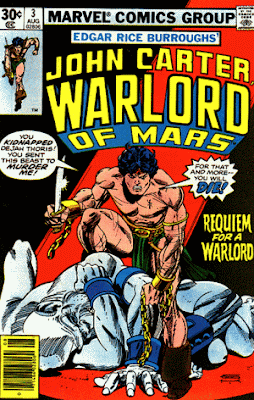COMMUTE CYCLING AND LEISURE CYCLING
So, do you
cycle to your work place?
Yes, work
place as if behind a desk in an office with air conditioned, 9 to 5 in urban
environment five days a week?
Do you choose
to do a couple of minutes cycling journey from home to do your groceries at the
nearest wet market daily if not weekly?
Do you just
cycle anywhere you go just because a bicycle is the transportation of your
choice even when you have a 1.5 litre inline four-cylinder Japanese B-segment
sedan motorcar parked in your garage?
If your
answer for all the above is yes, then you are a Commuter Cyclist. A Commuter
Cyclist that simply cycle from point A to point B uses his or her bike as a
means of transportation in getting daily chores and routines done. No cars
involved.
Then came
along the second type of cyclist, the Leisure Cyclist. Unlike the Commuter
Cyclist, Leisure Cyclist uses his or her bicycle for any other means than
running their daily errands. You often will be seen riding your bicycles in
front of your driveway on a beautiful evening after working hours or maybe
doing a King or Queen of the Mountain Challenge on a chilly Sunday morning when
the sun beginning to rise from beneath the mountains. You may also be fixing
the wheels your flashy showroom conditioned 700cc road bike after dark to the
rack on top of your car roof and travel 50 to 100 kilometres away from home to
Dataran Putra, Federal Territory of Putrajaya to enjoy a complete flawless road
riding experience compared to your less than perfect road conditions in your
own neighbourhood. Simply put, cycling to fill in your past time just because
you have the time to do it on that specific day of the week. This will
effortlessly put you in the Leisure Cyclist category.
I strongly
believe that when you choose to cycle to commute and not to drive, it has more impact in a
today's world where one's health and environment is much bigger of a concern.
Based on a study by World Health Organisation, globally, 23% of all deaths and
26% of deaths among children under age 5 are due to
preventable environmental factors. Environmental factors
which are diverse and far reaching which includes exposure to hazardous
substances in the air, water, soil, and food, and natural and technological
disasters (World Health Organization, Geneva, Switzerland: WHO; 2006)*.
Another
positive outcome that is worth pointing out is that the authority has their
eyes set in public places to observe the safety of the public and when a
recurring act taking place in public, notes will be taken into the authority’s
matter. Simply said, if you cycle to commute on this one road, an observation
will be taken within sometime to making sure that road is possibly safe for any
cyclist to use at any time of the day. Cycling in a big number on that road
will of course increase the chances to make it happen even quicker as this will
have a bigger impact on other road users mainly cars. When the road is safe for
cyclist, more cyclists will ride through that road and after some time, these
cyclists will decide to ride to work and ditch their cars at home. Try to put this in a bigger picture like a town or a city and you will reap the benefit of this years to come.
MORE bicycles would lead to LESS cars which will lead to LESS traffic congestion and this will produce LESS exposure to hazardous substances in the air like carbon monoxides and you will have LESS time spent on the road to and from work and MORE time spent with family and most importantly, the increase of cardio health for a longer prosperous life.
MORE bicycles would lead to LESS cars which will lead to LESS traffic congestion and this will produce LESS exposure to hazardous substances in the air like carbon monoxides and you will have LESS time spent on the road to and from work and MORE time spent with family and most importantly, the increase of cardio health for a longer prosperous life.
That is 2
MOREs and 4 LESSes and I do believe there's some beautiful meaning behind the
poem titled Andrea del Sarto (The Faultless Painter) by Robert
Browning with the phrase 'LESS is MORE’. So, do ask yourself again, are you a
Commuter Cyclist or a Leisure Cyclist? I think both are fine. You tell me :)
*Sourced from https://www.healthypeople.gov



Comments
Post a Comment